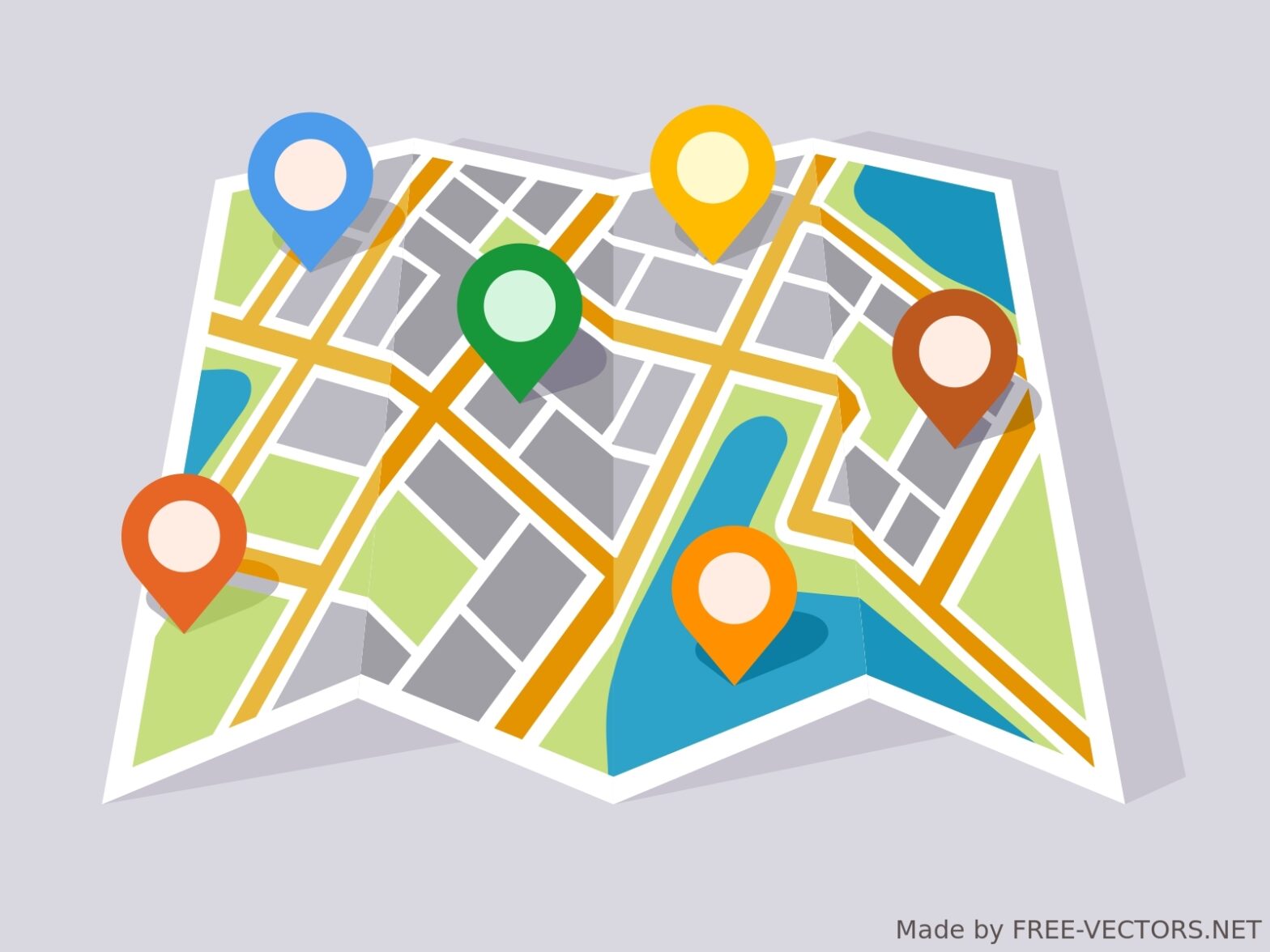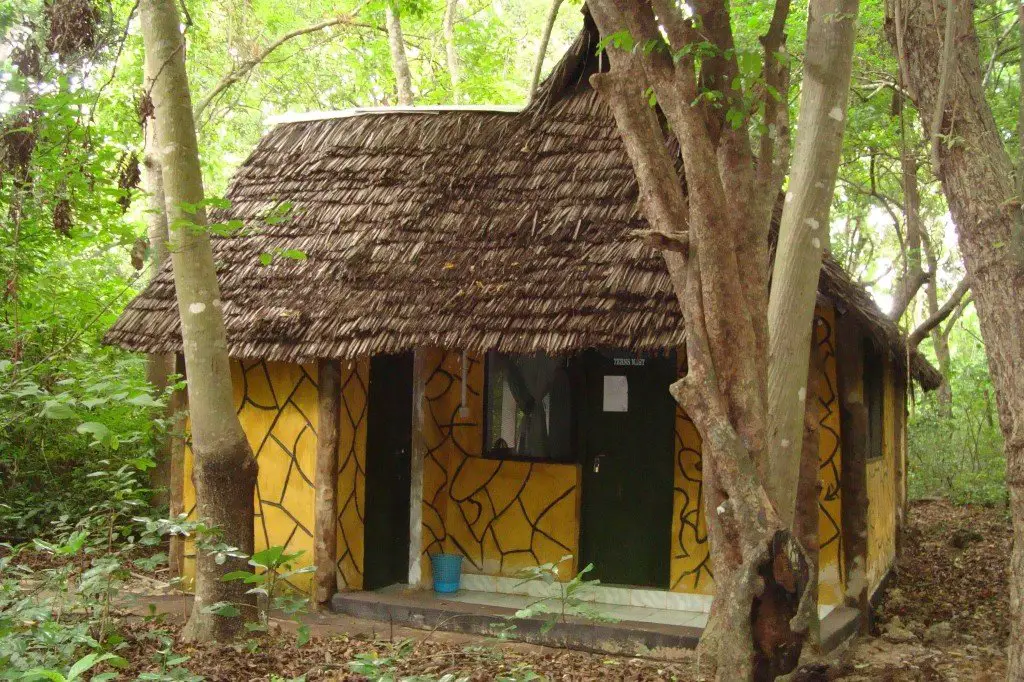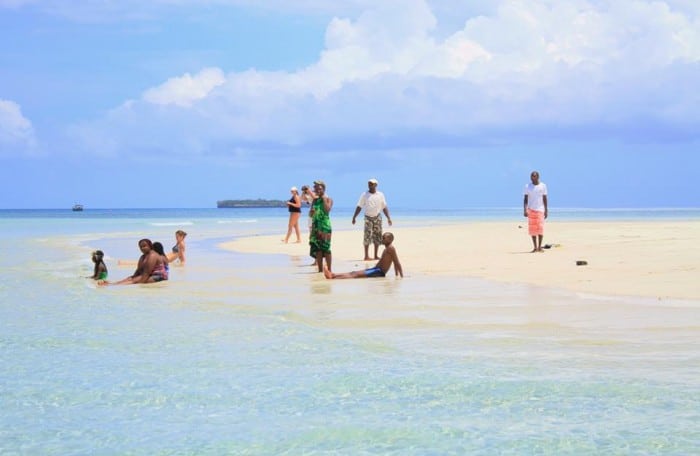Table of Contents
Pin Mapping KWS
If you can tell me more about any pin mapping KWS exercises going on right now, please leave me a comment below. I’d love to learn more.
What Is Pin Mapping (Match Address KWS)?
Pin mapping (also known as address matching or geocoding) is the process of assigning map coordinate locations to records in a database. A pin mapping KWS exercise, then, would involve tying some KWS-related data to specific locations on a map.
What Kind of Information Might a Pin Mapping KWS Exercise Involve?
A pin mapping KWS exercise might involve giving map coordinates to trees of a certain species, for instance Baobab trees, so that the location of all Baobab trees in KWS conservation areas is known.
Another pin mapping KWS exercise might involve giving geographical coordinates to incidences of poaching to decide which specific parts of KWS conservation areas needed to be more protected.
Yet another pin mapping KWS exercise might involve the mapping of bush fires over time to see if there were any patterns that could be used to mitigate these.
KWS Address
The address for Kenya Wildlife Service headquarters is:
Kenya Wildlife Service
P.O. Box 40241 – 00100
Nairobi, Kenya
Tel: +254 (20) 2379407
+254 (20) 2379408
+254 (20) 2379409
Toll free: 0800597000
Main KWS Website: WWW KWS.GO.KE
If you are looking for the website of Kenya Wildlife Service, it is www.kws.go.ke.
KWS Map
I am trying to get an official map of KWS national parks and game reserves for you, but in the meantime here is a good map of Kenya with many KWS protected areas marked on it.

Kisite Mpunguti KWS Marine Park
I woke up the next day, at the KWS Kisite/Mpunguti Marine Park Shimoni Bandas, sandwiched between Ivory Kathue and Njambie Mungai, the two other female bloggers on the trip.
Not long afterwards, early-bird Mbugua Gitau was at our door waking us up and wanting to use our banda’s power sockets. Yes, we’d all gotten to know each other real quick!
As the ladies got up and began preparing for the day, I lingered in bed for a while, taking advantage of this time to take a closer look at my surroundings.
I noticed that our banda had very good built-in ventilation, and though the other bloggers (who were all Nairobi residents) complained about the heat, I found the open, airy style of the banda—with its large open windows and spaces in the ceiling covered only by mesh—simply ingenious!
Outside, beyond the mesh, I could see a dense coastal equatorial forest.
A coastal forest seems like a bit of an oxymoron to me because when I think of a coastal environment, I think sun and sand not dense forest.
Still, having grown up in West Africa, I love thick forests and the foliage outside inspired me to get out of bed, take a closer look, and send out my first tweet of the day.
Finally out of bed, I took a shower and got dressed.
I then joined the rest of the group for a briefing from the marine park’s deputy warden.
He gave us some background information on Kisite Mpunguti Marine Park & Reserve; he told us about its history and its attractions, as well as the origin of its name.
Kisite and Mpunguti are actually names of islands (click to see map) found within the Marine Park & Reserve.
The combined protected area is made up of Kisite Marine Park, located off Kisite Island, and Mpunguti Marine Reserve, located off Lower & Upper Mpunguti Islands.
What’s the Difference Between a KWS Marine Park and a Marine Reserve?
In a marine park, tourism and research are the only human activities allowed, whereas in a marine reserve, other human activities such as fishing are allowed under specific conditions.
The deputy warden went on to tell us that the protected area is most famous for dolphins.
It’s also home to the largest land-living crab in the world, the coconut crab.
Humpback whales and whale sharks can also be seen in the marine park seasonally.
With our briefing complete, we were ready to experience all this for ourselves. We headed back through the woods to the main gate of the KWS camp, where we caught our first glimpse of what the day held in store for us: turquoise waters, islands, sun, and sailing!
READ ALSO: Everything You Have to Know About Water Shoes
Activities at Kisite Mpunguti
We waded through shallow water—it was low-tide—to get to the boat that would take us around for the day.
Once on it, off we went circumventing Wasini Island to get to our first stop: Lower Mpunguti Island.
As we approached our stop, we passed a secluded beach which we were told was a special campsite for honeymooners that could be rented for only $30 a night.
We ooh-ed and aah-ed at the thought of that then quickly jumped off the boat and went in search of coconut crabs.
We never did see any coconut crabs on Lower Mpunguti Island because it was too early in the day for this mostly nocturnal animal.
Still, while trying to understand exactly what I’d missed, I later came across a fantastic slideshow of coconut crab pictures. I guess I missed a lot!
READ ALSO: Expert Guide to the Most Interesting Marine Mammals on the Planet
Hurriedly, we got back on the boat because we were in a race against time. Our main activity for the day was to go snorkeling in Kisite Marine Park, off Kisite Island, and snorkeling is best done within two hours, on either side, of low tide.
The tide was already low, so every minute we spent getting to Kisite Island was a precious minute lost for snorkeling.
We sped off in the direction of Kisite Marine Park as fast as we could but slowed down when we came across boats, seemingly stopped in the middle of nowhere. The seasoned among us already knew why: dolphins had been spotted.
Those less seasoned didn’t have to wait long to figure it out—we soon saw a pod of dolphins swimming and jumping about in the water.
The dolphins must have already been peopled out by the time we got there because after a few jumps in and out of the water, they quickly swam away.
We followed them for a while, hoping they’d give us a chance to watch them further and photograph them, but they were having none of that.
Having been forewarned about the dangers of chasing dolphins and permanently separating dolphin pairs, we quickly gave up and continued on to Kisite Island.
Magical Kisite Island
I don’t remember approaching Kisite Island—I must have been tweeting about our encounter with the dolphins. Rather, I simply looked up and found myself in paradise: a pristine white sandbank surrounded by clear turquoise water and happy people frolicking about.
It was breathtaking!
I quickly took some pictures and put away my electronics as I waited for instructions on what to do next.
Our snorkeling instructor handed each of us a diving mask—essentially swimming goggles with a part to cover the nose—while instructing those who couldn’t swim to keep their lifejackets on.
We then got into the water and, on his instruction, each put one hand on a lifebuoy (to remain afloat) as he guided us to the best parts of the coral reef.
I swim every day for exercise, so I am used to being in water.
Opening my eyes under water is an experience I am very familiar with—think: hazy and blue.
Imagine the mind-boggle then when I put my head underwater only to see the clearest turquoise water filled with coral and fish of all shapes, sizes, and color. It was mind-boggling, and I couldn’t contain my excitement!
The snorkeling instructor took us to different parts of the marine park, but once I had gotten the hang of things, I decided to go exploring on my own.
I wish I could convey to you what I saw, but I don’t think I can do it justice with words.
Rather, here are some pictures I found across the web that were taken under water at Kisite Marine Park. All I could think of as I swam around in utter amazement was that I finally understood what India.Arie meant in her song “God is Real”.










Snorkeling into Open Ocean
I kept swimming further and further away from the boat until I got to a place where I suddenly saw the ocean floor drop sharply into the deep, dark blue.
I realized that I’d swum to the edge of the marine park and was about to enter open ocean.
I hesitated for a bit, debating whether or not I should swim on, then I saw a beautiful DEAD yellow fish floating towards the surface. I got the message: it was time to turn back! 🙂
Once we’d had our fill of the beauty of Kisite Island, it was time to head back to the coast.
Maybe we were all exhausted from swimming or perhaps we were simply overwhelmed by all we’d seen, whatever the case the boat ride back to Shimoni was a lot quieter than our ride to the marine park.
We eventually arrived back at the KWS camp where we freshened up and made lunch.
Our plan was to visit the Shimoni Caves, later in the afternoon, but somehow that plan never materialized.
We only left the KWS camp again, in the evening, to get a taste of Shimoni’s night life at nearby Smuggler’s Bar.
After a couple of drinks, I decided to call it a night.
The next day was going to be another action-packed day, and I thought it best to conserve my energy.
Next stop? Mombasa! But…that’s a story for another day (which you can now read here: Things to Do in Mombasa: Water Activities in Mombasa & More
Until then, I wish you happy holidays!
Ta-ta,
Biche
What Does KWS Stand For?/KWS Stands For…
KWS stands for Kenya Wildlife Service, which is the main governmental conservation body in Kenya.
Kisite Mpunguti from Mombasa
Kisite Mpunguti, or rather Shimoni, the town on mainland Kenya that you must get to to get to the park, is 120 km (75 mi) from Mombasa. The locales are joined by good road so this makes for an easy drive.
Once you are in Shimoni, you will need a boat to get to the marine park. This can be arranged at the KWS Kisite Mpunguti Marine Park & Reserve offices or through a tour operator who will take care of your logistics visiting Kisite Mpunguti.
Biveros
Did you find this page looking for The Biveros Effect travel blog? If so, you can find that here.
Forewarned Reddit
If you are looking for the Forewarned sub-Reddit on Reddit, you can find it here.
Photo Credits: Free-Vectors.net, africangatestours.com; MasaiMara.Travel KWS Kisite Mpunguti Marine Park and Reserve Facebook Page; Diani Tours & Safaris; coralspirit.com; John Alogo; Robin Chase.






Hi Bishe,
Nice blog. Lots of great content. Admirable.
You guys must have had lots of fun at the Kenyan coast and the marine parks. I enjoyed all your “Twende Tujivinjari” posts, plus other less conventional ones (like the one on durex). I can’t believe your blog has been around since ’07 and I am only stumbling upon it today (feel like I have been living in a cave). Dug around your archives, and I admire your consistency. Keep it on.
Timothy
Hi Timothy,
Welcome to ChickAboutTown! Thank you for your compliments. Right after you praised my consistency, there I went and took a blog hiatus. Well, with my hiatus now over, I hope I will be seeing more of you around here. And yes, we did have an awesome time on the Kenyan coast! 🙂
Biche
Looks amazing, especially the photo of the dolphins. 🙂
Hi Jesper,
Welcome to Chick About Town!
It really was. Watching the dolphins in person was outstanding! Next goal: swimming with the whale sharks at Mafia Island (Tanzania).
Biche
Hey, I have been searching the net for something on Kisite Mpunguti, so glad i found this blog. I’d like to know, how much did the visit to the marine reserve itself cot, i.e: boat ride + marine park fees?
TIA 🙂
Hi Joan,
Welcome to Chick About Town, and thanks for leaving me a comment! 🙂
When I went to Kisite-Mpunguti, it was as part of a KWS media trip so everything was covered by them. Maybe you can find out more on the KWS website. Check it out here: http://www.kws.go.ke/content/kisite-mpunguti-marine-park-reserve.
If you are thinking of going, I hope you do. Kisite-Mpunguti is GORGEOUS!
Biche